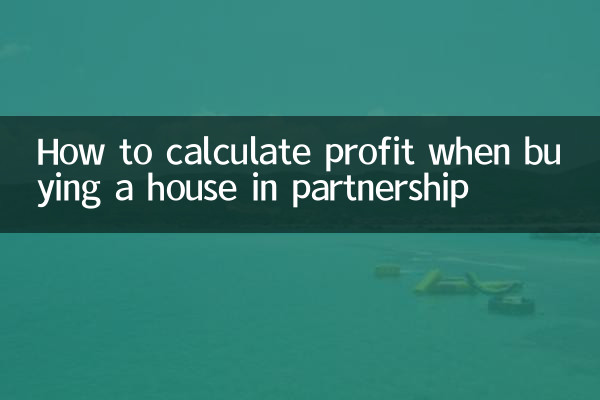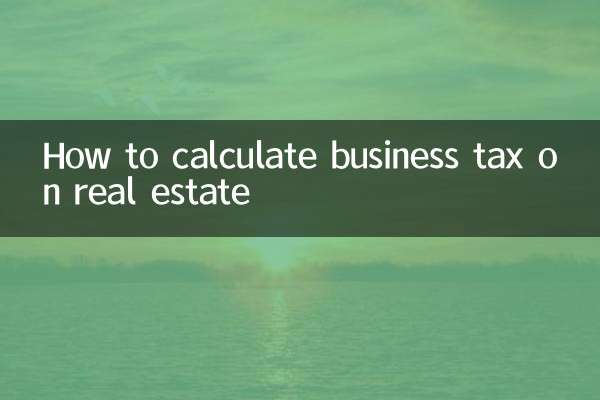How to calculate profit when buying a house in partnership
In recent years, with the booming real estate market, buying a house in partnership has become a choice for more and more people. Buying a house in partnership can share the cost of buying a house and reduce personal risks, but how to calculate profits is a complicated issue. This article will provide you with a detailed analysis of the calculation method of profits from partnership house purchases based on the hot topics and content on the Internet in the past 10 days.
1. Basic concepts of partnership in buying a house

Partnership purchase of a house means that two or more individuals or institutions jointly contribute funds to purchase a house and share the appreciation income or rental income of the house according to an agreed ratio. This approach is particularly suitable for homebuyers with limited funds, but it also requires a clear agreement to avoid potential disputes.
2. Profit composition of partnership house purchase
The profit from buying a house through partnership mainly comes from two aspects: property appreciation and rental income. The following is a detailed analysis of profit composition:
| Source of profit | Description | Calculation formula |
|---|---|---|
| Property value increase | Increase in value when a property is sold | (Sale price - Purchase price - Related expenses) × Partnership ratio |
| rental income | Net income during the rental period of the property | (rental income - management expenses - taxes) × partnership ratio |
3. Calculation steps for profit from partnership house purchase
1.Determine investment ratio: The profit distribution of a partnership to buy a house is usually linked to the proportion of capital contribution. For example, if A invests 60% and B invests 40%, the profits will be distributed 6:4.
2.Calculate total cost: Including the purchase price, taxes, decoration fees and all related expenses.
3.Determine revenue sources: Whether the property is for sale or for rent, or both.
4.Deduct related expenses: Such as agency fees, maintenance fees, taxes, etc.
5.Proportionate distribution of profits: Distribute profits according to the proportion of capital contribution or the proportion agreed in the agreement.
4. Case analysis
The following is an example of profit calculation for a partnership house purchase:
| Project | Amount (10,000 yuan) |
|---|---|
| Total purchase price | 200 |
| A invests | 120 (60%) |
| B contributes capital | 80 (40%) |
| Related fees | 20 |
| sale price | 300 |
| value-added profit | 300 - 200 - 20 = 80 |
| A shares the profit | 80 × 60% = 48 |
| B shares the profit | 80 × 40% = 32 |
5. Things to note when buying a house in partnership
1.Sign a written agreement: Clarify terms such as capital contribution proportion, profit distribution, and responsibility sharing to avoid future disputes.
2.tax issues: Buying a house through partnership involves VAT, personal income tax and other taxes, so advance planning is required.
3.Exit mechanism: Agree on the conditions for the partners to withdraw and how to handle the property upon withdrawal.
4.risk assessment: The real estate market is highly volatile and potential risks need to be assessed.
6. Reference for hot topics across the Internet
In the past 10 days, hot topics about partnership buying a house have mainly focused on the following points:
1.Tax optimization for buying a house in partnership: How to reduce tax burden through reasonable means.
2.Cases of disputes over partnership buying a house: Disputes occur frequently due to unclear agreements.
3.policy impact: The impact of local purchase restriction policies on partnership house buying.
4.ROI: Analysis of investment returns of partnership house buying in different cities.
Conclusion
Buying a house in partnership is an effective investment method, but profit calculation and distribution require rigorous planning and agreement support. Through the analysis of this article, I hope it can help you better understand the profit calculation method of buying a house through partnership, avoid potential risks, and maximize investment returns.

check the details

check the details